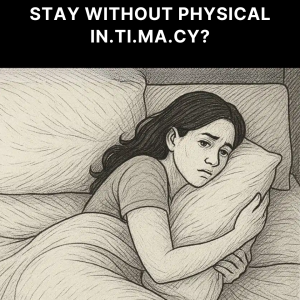
If you had chickenpox as a child, you might think you’re immune for life. But there’s a catch — the same virus that caused your childhood rash can lie dormant for decades and resurface later in life as shingles. This condition brings not just a rash, but often intense pain and potential complications, especially when it appears on the face or near the eyes.
1. What Is Shingles?

Shingles, or herpes zoster, is a viral infection caused by the reactivation of the varicella-zoster virus — the same virus responsible for chickenpox. After you recover from chickenpox, the virus doesn’t completely leave your body. Instead, it goes into hiding in your nerve tissues, sometimes reactivating years later as shingles.
Unlike chickenpox, shingles is typically localized to one side of the body. It often shows up as a painful strip of blisters on the torso, neck, or face. Most people recover within two to three weeks, but the discomfort can be severe, especially in older adults.
2. What Are the Symptoms?

The hallmark of shingles is a painful skin rash, but it’s often preceded by other signs. Common symptoms include:
- A red, blistering rash (usually on one side of the body)
- Burning or tingling sensation
- Pain (which can be intense)
- Itching
- Fever and chills
- Headache
- Fatigue or general malaise
- Muscle weakness
Some people experience nerve pain even before the rash appears. This pain can linger for weeks or months after the rash clears up — a condition known as postherpetic neuralgia (PHN).
3. Shingles on the Face
Facial shingles is less common but can be particularly uncomfortable and serious. It usually affects just one side of the face. If the rash develops near or inside the ear, it may lead to hearing loss, dizziness, and even temporary facial paralysis (Ramsay Hunt syndrome). If shingles appears inside the mouth or on the scalp, it may cause pain while eating or brushing your hair, and in some cases, even hair loss.
4. Shingles in the Eye

When shingles affects the eye (called herpes zoster ophthalmicus), it becomes a medical emergency. The rash may show up on the eyelid, forehead, or even the tip of the nose — which often signals that the eye itself could be involved. Symptoms may include:
- Eye redness and tearing
- Swelling around the eye
- Light sensitivity
- Blurred vision
If left untreated, shingles in the eye can lead to permanent vision damage or even blindness.
5. What Causes Shingles?
The varicella-zoster virus remains inactive in your nervous system after you recover from chickenpox. But certain factors can trigger it to reactivate. These include:
- Aging (weakened immune system)
- Severe stress
- Illness or trauma
- Use of immunosuppressant medications (e.g., for cancer or autoimmune conditions)
6. Is There a Cure?

There’s no outright cure for shingles, but early treatment can ease symptoms and speed healing. Your doctor might prescribe:
- Antiviral drugs (e.g., acyclovir, valacyclovir) to reduce the duration and severity
- Pain relievers (prescription or over-the-counter)
- Anti-inflammatory medications
- Topical treatments or gels (like aluminum chloride) for blister relief
To minimize risk of spreading the virus:
- Avoid direct contact with the blisters
- Keep the rash covered
- Avoid contact with pregnant women, newborns, and those with weakened immune systems if you have active shingles




